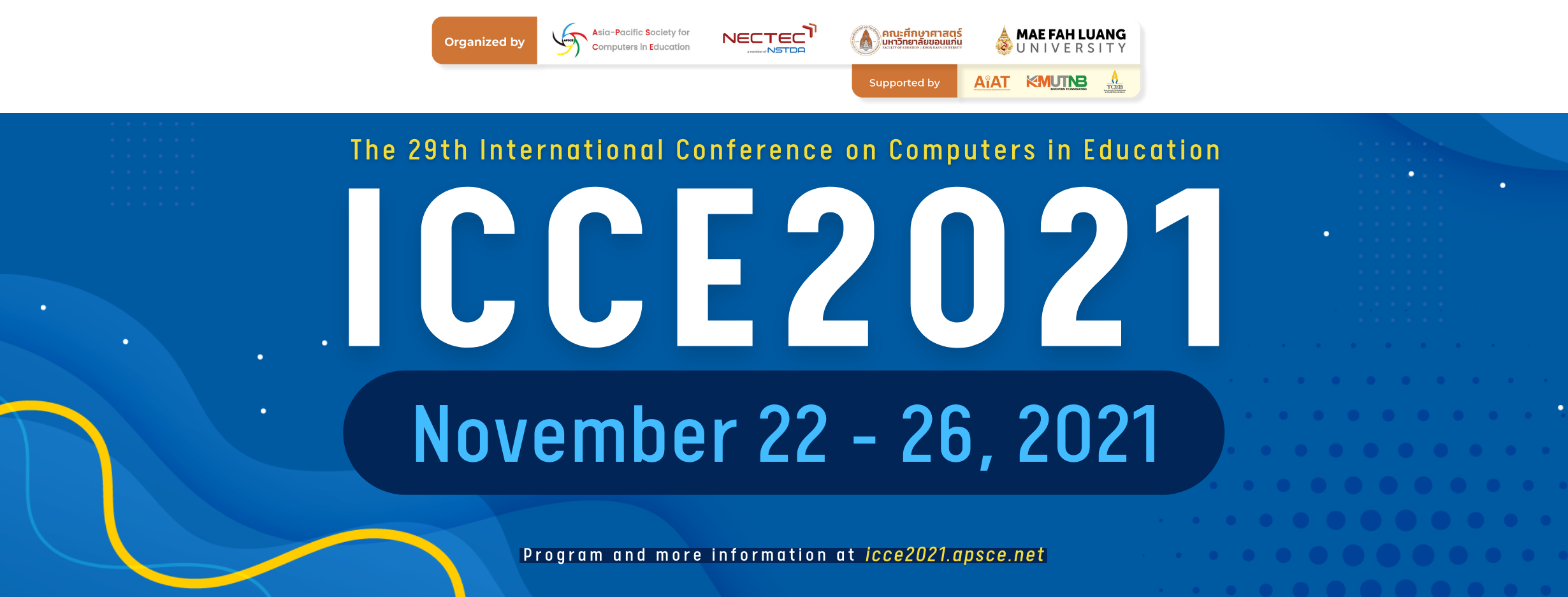The Use of Video Conferencing Applications Facilitating Students' Behavioral Engagement during Synchronous Learning in the Time of Pandemic
Abstract
Behavioral engagement in an online setting can be described as an on-task performance done by the students (Moser & Smith, 2015). This refers to how active the students are during synchronous learning using the features of the video conferencing applications such as opening their camera, speaking through the microphone, screen sharing contents, and using the chat box to answer and respond to questions (Al Mamun et al, 2016; Park & Bonk, 2007). This study describes the use of video conferencing applications in facilitating behavioral engagement during synchronous learning. 462 Grades 11 and Grade 12 students and five (5) teachers were invited to answer a self-report questionnaire. The results indicated that teachers provided opportunities for behavioral engagement to happen during synchronous learning by making the features always available for the students to use. Further, the study showed a very weak relationship between the challenges encountered by the students and the students’ perception of the use of video conferencing applications contradicting other literature suggesting that the two variables affect each other. Moreover, this study found out a moderately strong relationship between the frequency of use of the features and the students’ perception on the use of video conferencing application during synchronous learning.Downloads
Download data is not yet available.
Downloads
Published
2021-11-22
Conference Proceedings Volume
Section
Articles
How to Cite
The Use of Video Conferencing Applications Facilitating Students’ Behavioral Engagement during Synchronous Learning in the Time of Pandemic. (2021). International Conference on Computers in Education. https://library.apsce.net/index.php/ICCE/article/view/4208


